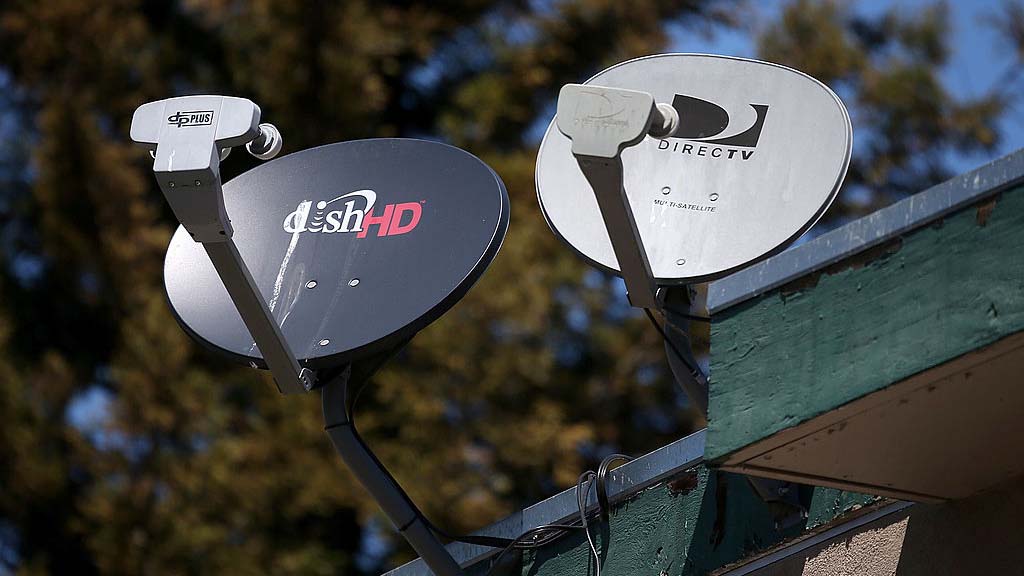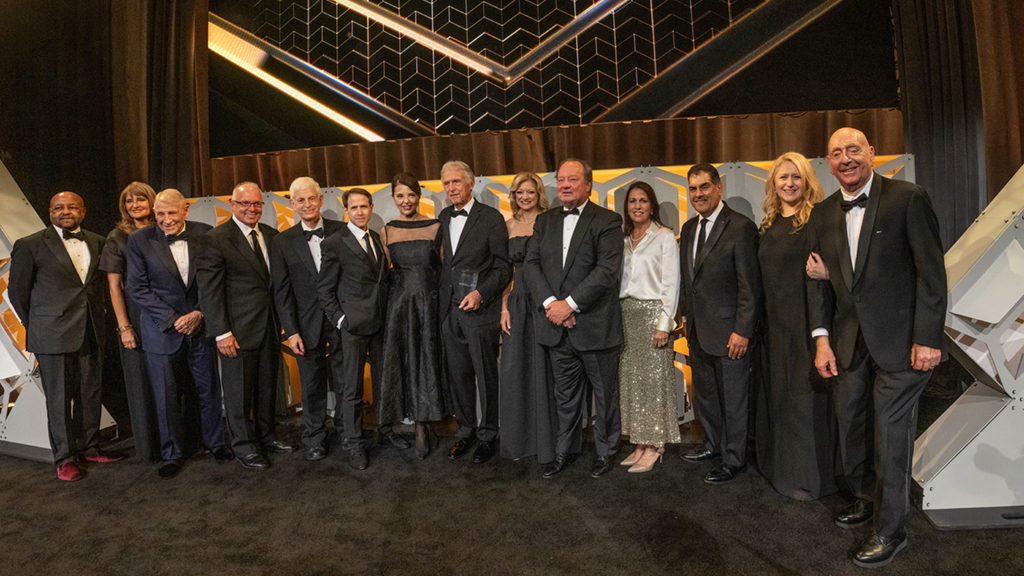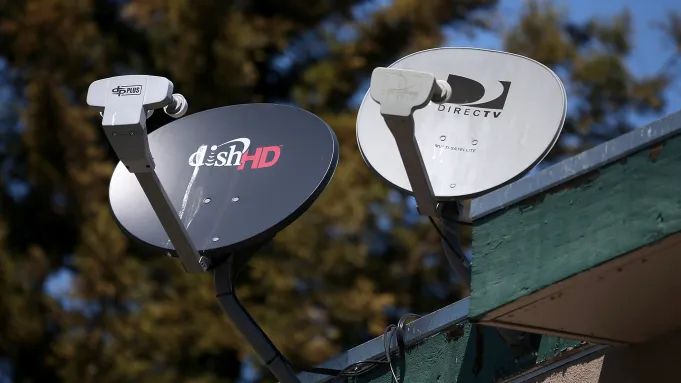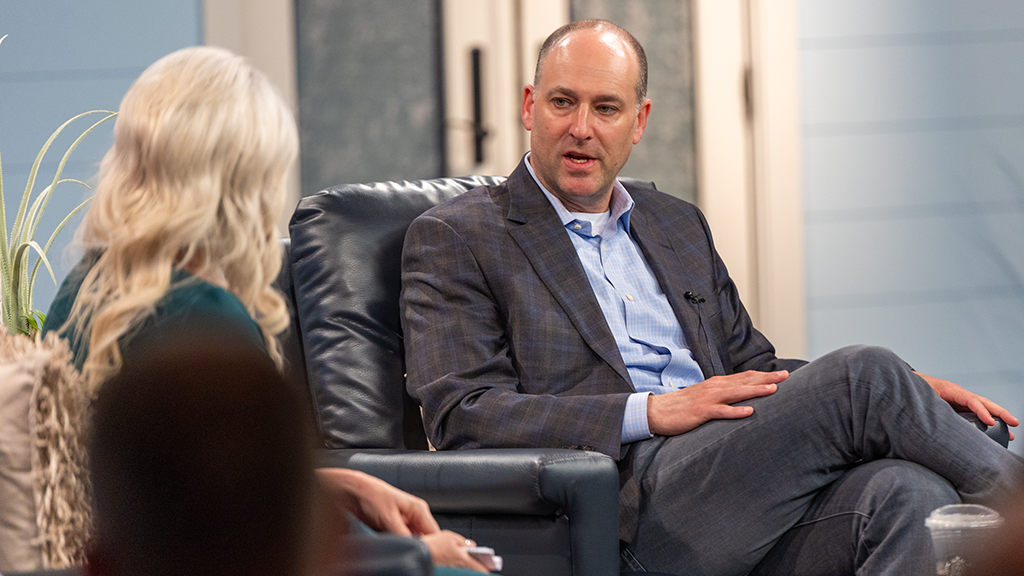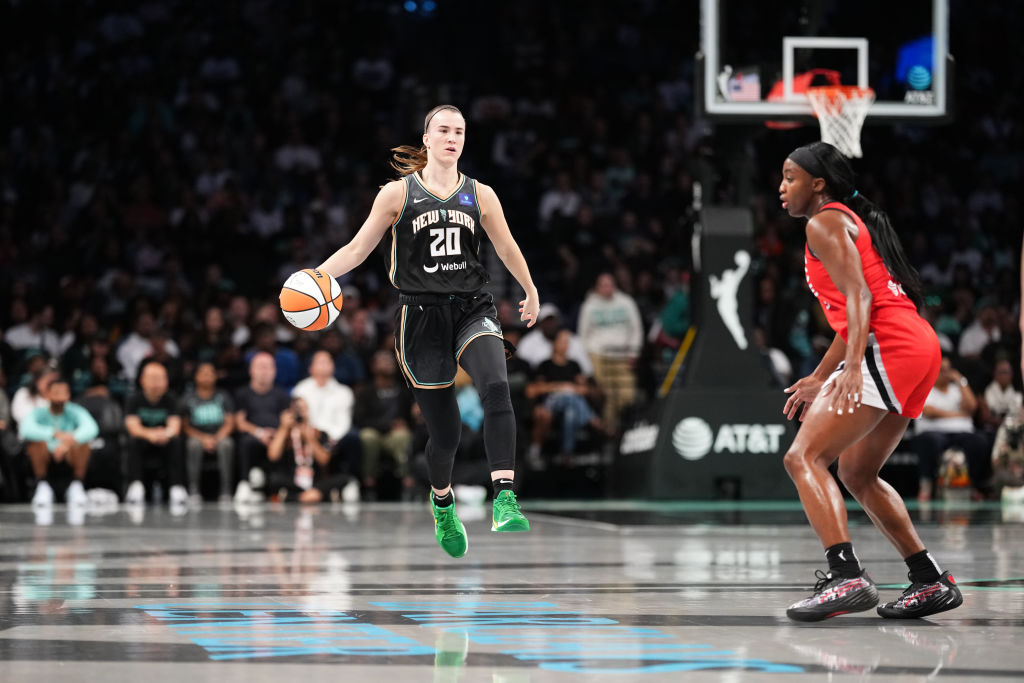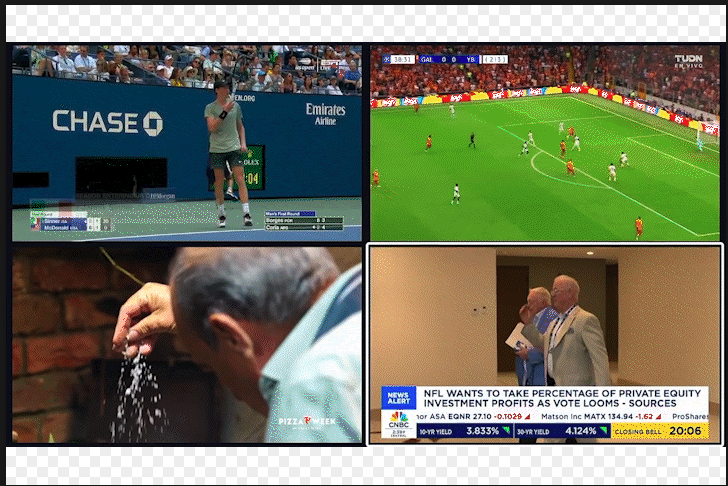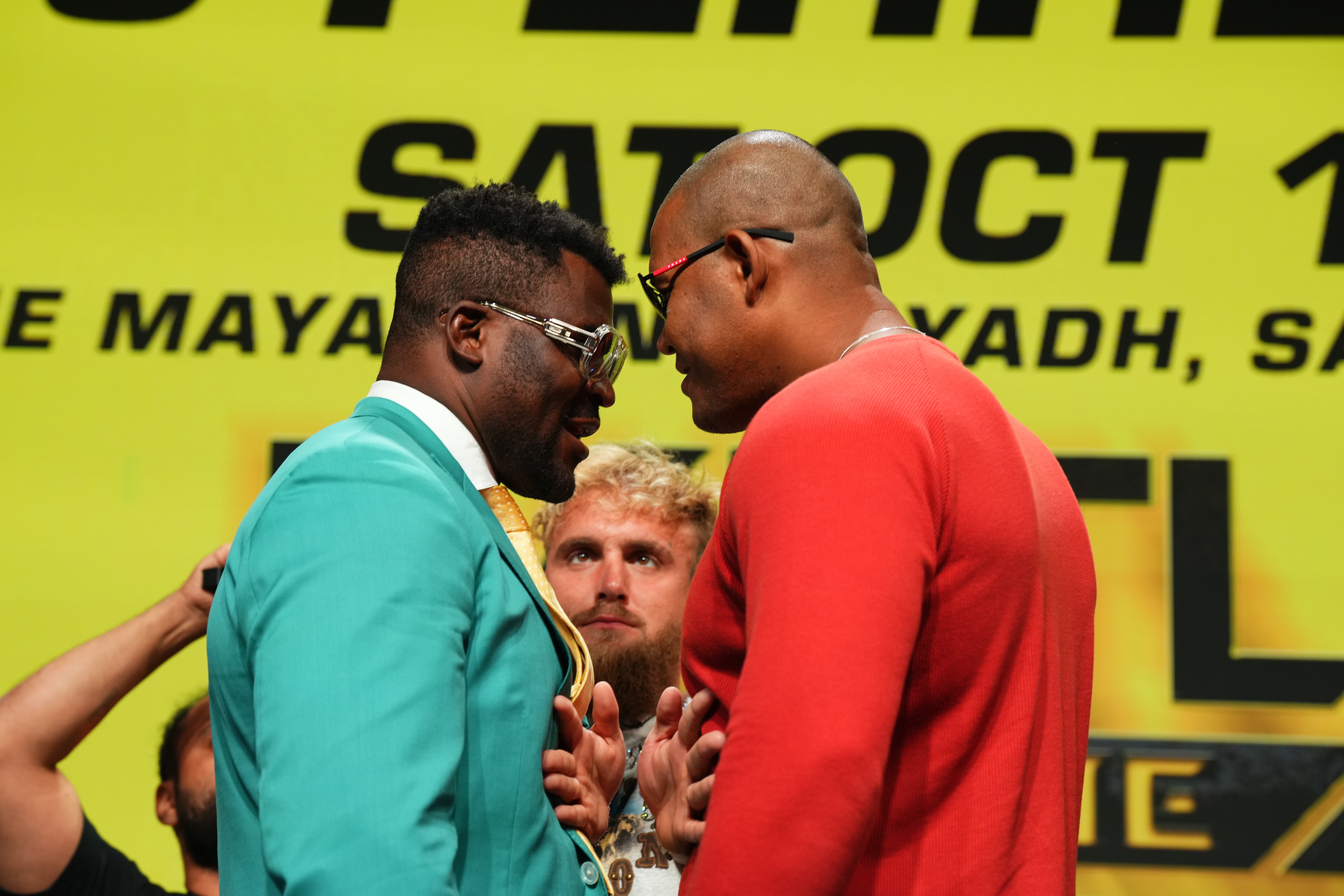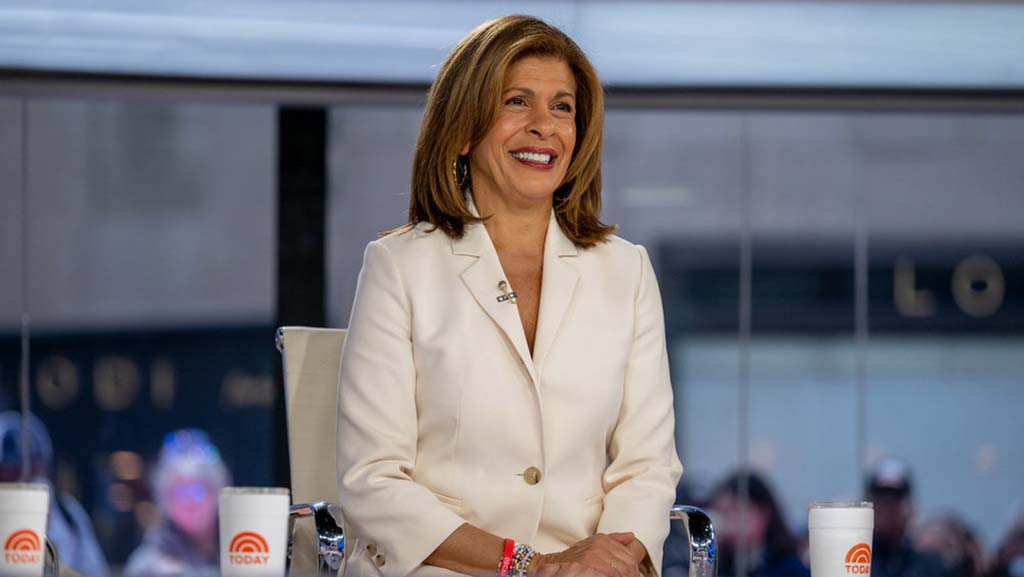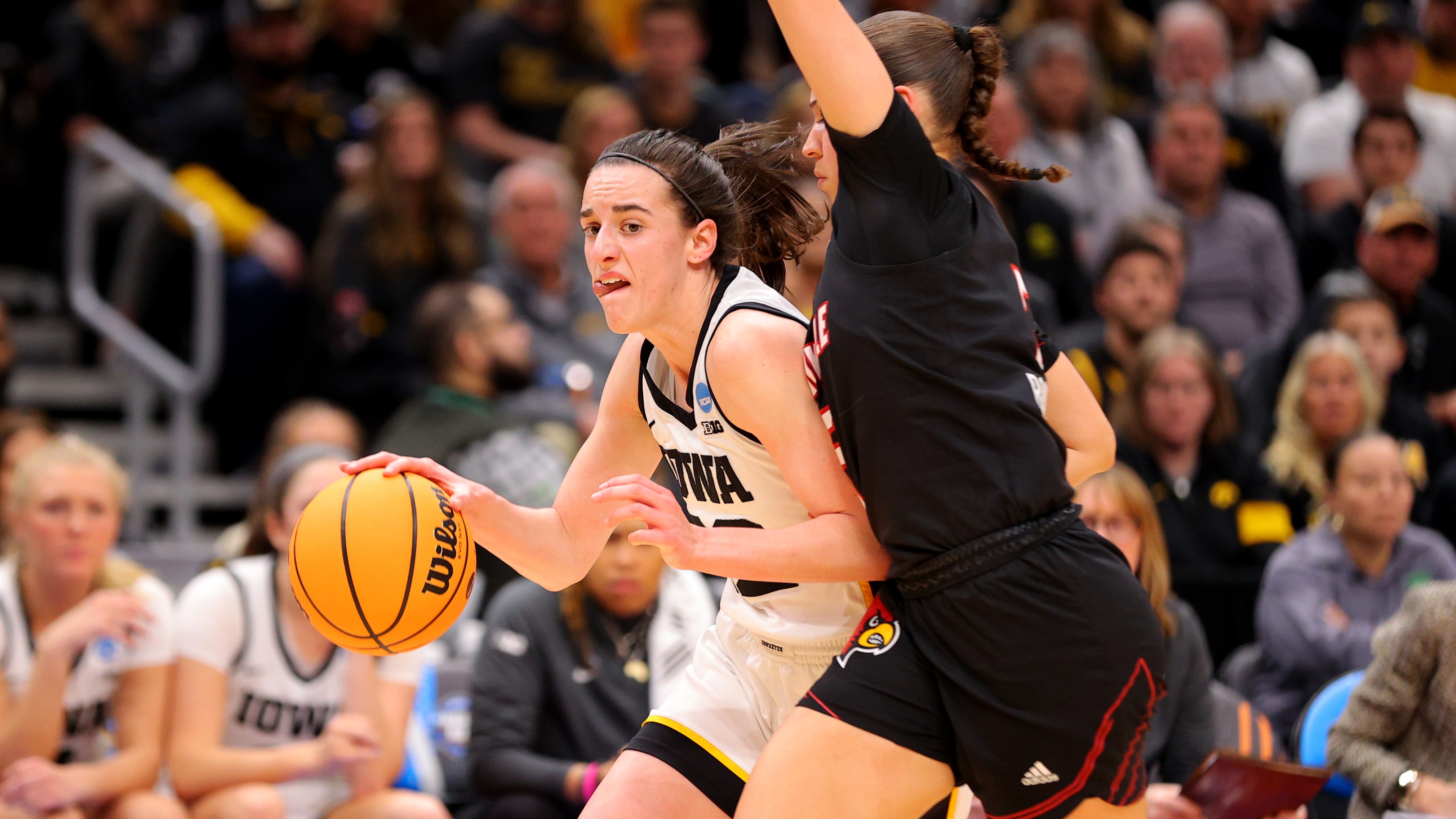Opportunity Knocks for Ericsson
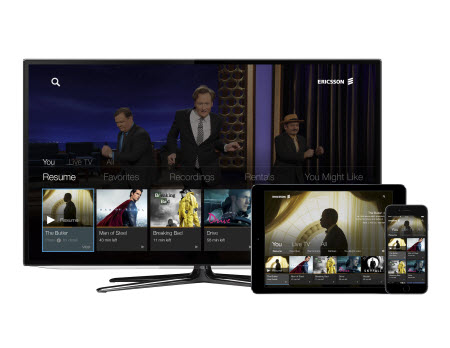
The video marketplace is growing increasingly fragmented as traditional players develop multiscreen offerings and new over-the-top providers enter the fray.
While this dynamic has applied new kinds of pressure on the multichannel universe and caused incumbent players to pivot and introduce new bundles and services, it’s a welcome development for companies like Ericsson, which is now poised to support providers that are pursuing any and all angles.
“In general, [the video opportunity] is broadening, and it’s gotten broader based on the acquisitions we’ve made,” Simon Frost, head of media marketing and communications at Ericsson, said, noting that the opportunity spans content owners that are going over-the-top, cable programmers and broadcasters, as well as more traditional multichannel video programming distributors. “We focus on all of them, but in different ways.”
Ericsson, which competes in this sector with other giants such as Cisco Systems and Arris, has shored up its multiscreen-video capabilities by pairing internal development with a string of recent acquisitions, keyed by its 2013 acquisition of Microsoft’s Mediaroom business.
“We’ve been building up the armory to come up with a sufficient next-generation set of technology platforms that enable a common set of needs,” Frost said.
A key need across the board is to be more like Netflix, hesaid — at least in terms of going with an operational model that’s a cloud-based and software-driven platform, enabling the service provider to make changes quickly, experiment more often and move away from rigid, old-school development cycles that might allow it to make a significant change once or twice a year.
“Everyone wants to be able to move at the speed of some of the new startups and become ultra-agile,” Frost said. “If you want to compete with Netflix, you have to be prepared to go that extra mile, and go to continual development models.”
Multichannel Newsletter
The smarter way to stay on top of the multichannel video marketplace. Sign up below.
While Mediaroom helped to expand Ericsson’s reach into the world of managed IPTV services, much of Ericsson’s focus moving forward will be on MediaFirst, a platform that’s more focused on the cloud and support for a wider range of devices.
Mediaroom “is a relevant, short-term solution,” Frost said. “But the energy is going into MediaFirst.”
Coming out of the earlier IPTV era, Mediaroom’s architecture largely relies on thick client set-tops and an interface that resides in the device. By comparison, MediaFirst’s premise is that every “client” is based in HTML5 and agnostic in terms of which device it’s connecting to, whether it’s an IP-based set-top, tablet, smartphone or PC.
Frost said Ericsson has several MediaFirst-facing deals in the queue, but so far has announced one trial, with Telus in Canada. One other possible candidate is AT&T, which uses Mediaroom today for U-verse TV but recently tapped Ericsson to help evolve its IPTV platform and the satellite-based one acquired in the merger with DirecTV.
While Ericsson will also try to secure MediaFirst deals with an emerging crop of OTT providers, the solution can also be applied to other traditional MVPD players, such as cable operators. Opportunities could come by way of MSOs that adopt the Reference Design Kit (RDK), the preintegrated software stack for IP-capable set-tops and gateways managed by Comcast, Liberty Global and Time Warner Cable.
Ericsson is an RDK licensee — one of a group of about 150 that holds that distinction — and believes RDK can provide a foundation for MediaFirst.
“RDK is one of several different standardized environments that create a common platform for devices that operators can get some cost scale out of,” Frost said.
M&A PLAYS
Ericsson has built its video platform by pairing internal development with a string of recent acquisitions.
September 2015: Put up $125 million for multiscreen video processing specialist Envivio, a company that went public in 2012. The deal gives Ericsson increased exposure with some tier 1 service providers, including Comcast, Cox Communications, Liberty Global, Telstra, Sky and Time Warner Cable.
September 2015: Deepens its cloud DVR and video-on-demand expertise via $95 million acquisition of Israel-based Fabrix Systems, whose known customers include Cablevision Systems, which offers a network-based DVR product that lets customers record as many as 15 shows at once.
February 2014: Buys Azuki Systems, a startup that specializes in adaptive bit rate technology and content protection, enabling Ericsson to shore up its ability to support authenticated TV Everywhere services and OTT video.
September 2013: Closed acquisition of Microsoft’s Mediaroom business, a deal that, at the time, spanned IPTV systems and software that power video services in about 13 million homes and 24 million set-tops and customers such as AT&T U-verse, Deutsche Telekom, Telefonica and Telus Optik TV.
SOURCE: Ericsson and Next TV research
